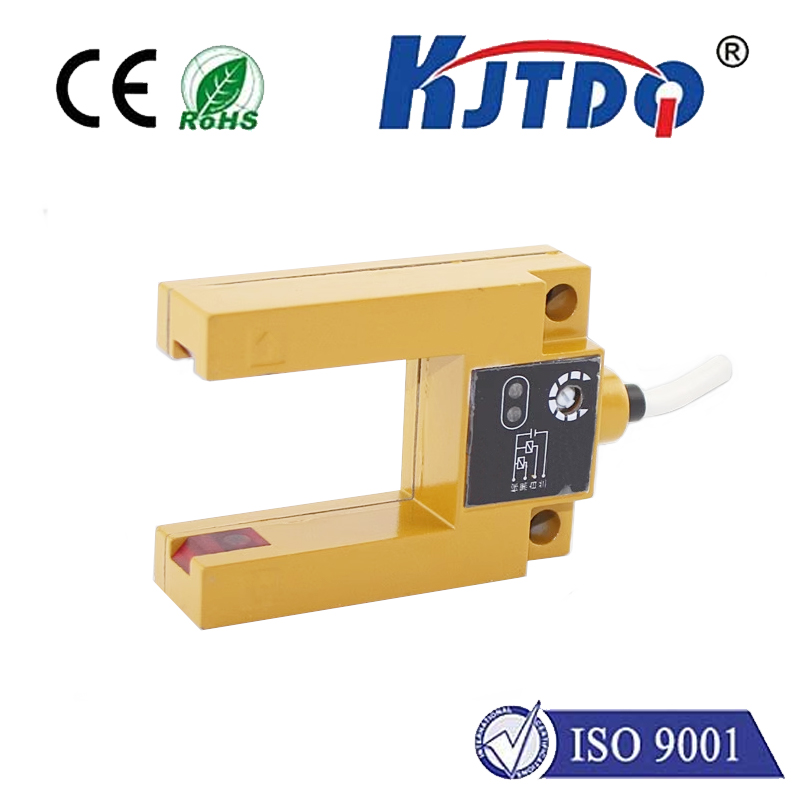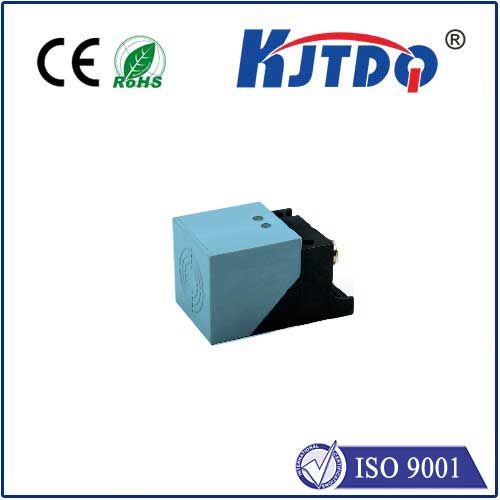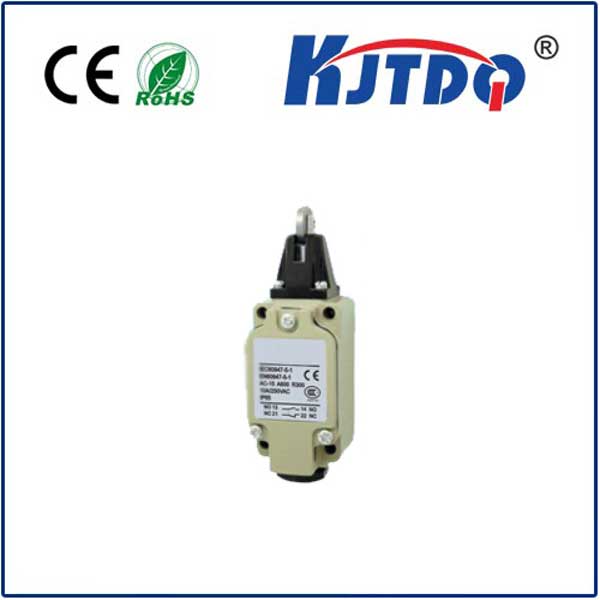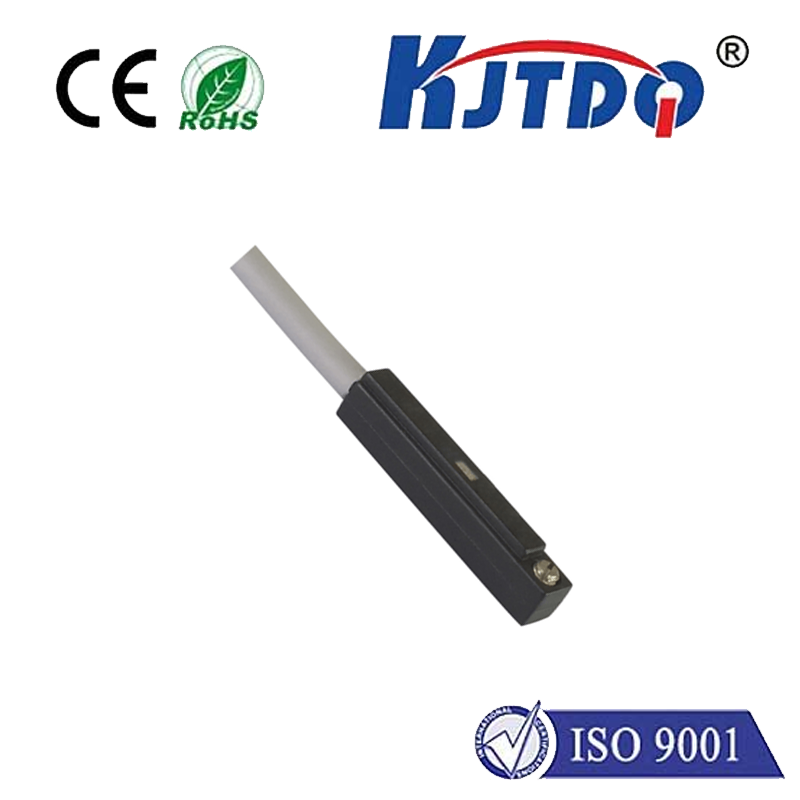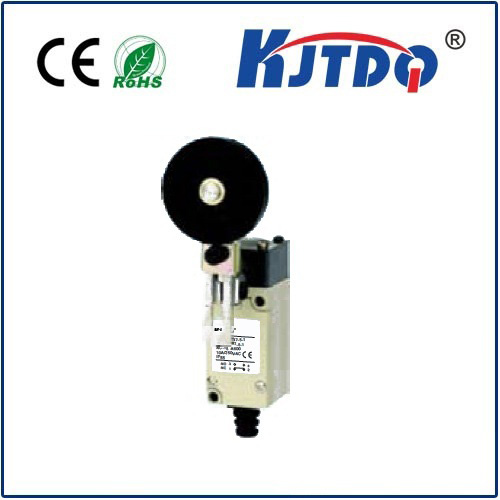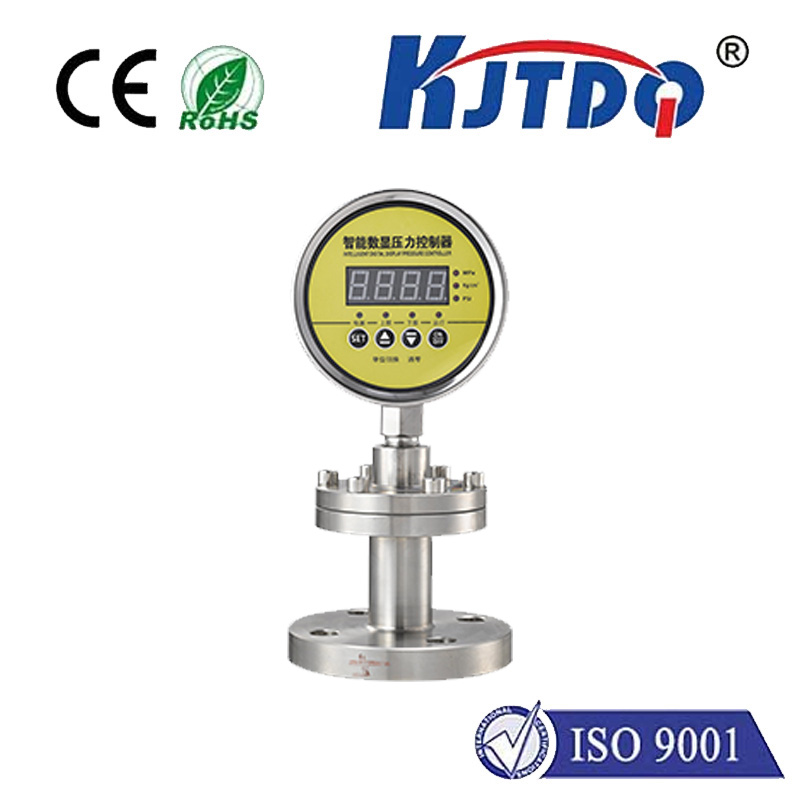conductive sensor
- time:2025-08-23 00:21:55
- Click:0
The Conductive Sensor: Where Touch Meets Technology
Imagine a world where simple contact can control complex machines, where the level of oil in an engine is known instantly, or where the slightest pressure triggers a response. This is the fundamental magic enabled by conductive sensors. Far from being esoteric laboratory tools, these sensors are robust, often elegantly simple devices translating the tangible world of touch, proximity, and substance into the precise language of electrical signals. They form the often-unseen backbone of countless everyday interactions and critical industrial processes, leveraging the intrinsic property of electrical conductivity to gather vital information.
So, What Exactly is a Conductive Sensor?
At its core, a conductive sensor detects a change in electrical conductivity at its sensing point. This change can be triggered by several events:
- Physical Contact or Touch: When a conductive object (like a finger or metal tool) touches or comes very close to the sensor’s surface, it alters the electrical field or completes a circuit.
- Presence/Absence Detection: Sensing if a conductive object (e.g., metal part on a conveyor) is present at a specific location.
- Material Change: Detecting the presence or level of substances that conduct electricity, such as certain liquids (water, acids, bases) or granular materials (when properly configured).
- Force or Pressure: Certain types deform under pressure, changing their internal conductive properties.
The Simple Genius: How Do They Work?
The operating principle hinges on measuring a change in an electrical parameter – most commonly resistance. When conductivity increases (making it easier for electricity to flow), resistance decreases. Conversely, decreased conductivity increases resistance. Here are two primary mechanisms:

- The Resistive Sensing Principle: Imagine two separate conductive electrodes. The resistance measured between them changes dramatically when:
- A conductive object bridges the gap (touch/contact).
- A conductive fluid or material covers or bridges the electrodes (level/presence sensing).
This creates a simple, often binary (on/off) signal indicating contact or presence.
- Piezoresistive Effect: Found in force-sensitive resistors (FSR) and similar sensors. Here, the conductive material itself is designed so that applying force physically alters its internal structure. Squeezing it reduces the distance between conductive particles or changes the contact area, thereby decreasing its overall resistance. The harder you press, the lower the resistance (and the higher the conductivity measured). This allows for measuring variable pressure or force.
Where Conductive Sensors Shine: Key Applications
The simplicity, robustness, and often low cost of conductive sensors make them indispensable across diverse fields:
- Industrial Automation: Detecting the presence, absence, or positioning of metal parts on assembly lines; monitoring liquid levels in tanks (conductive liquids); simple limit switches. Their durability is key in harsh environments.
- Consumer Electronics: Touch detection on appliances (non-capacitive buttons), touch lamps, simple touchpads. Force-sensitive resistors (FSRs) are crucial in modern devices for pressure-sensitive screens (though often augmented) and input devices.
- Automotive: Monitoring fluid levels (coolant, washer fluid - though often needing specific formulations), brake pad wear sensors (detecting contact with a conductive wear indicator), seat occupancy sensors (simpler variants).
- Musical Instruments: Conductive sensor arrays form the basis of many electronic drum pads, triggering sounds when struck.
- Medical Devices: Simple contact detection for patient monitoring leads or electrode pads; pressure sensing in some therapeutic devices.
- Proximity Detection: While limited compared to capacitive or inductive sensors, simpler conductive sensors can detect the close proximity of conductive objects.
- Research & Prototyping: Widely used in DIY electronics (Arduino, Raspberry Pi) and robotics due to their ease of interfacing and low cost for tasks like basic touch or pressure input.
Strengths & Considerations: Why Choose (or Not) a Conductive Sensor?
Advantages:
- Simplicity & Cost-Effectiveness: Often very simple in design and manufacture, leading to low unit costs.
- Robustness: Can be designed to withstand harsh environments (temperature, humidity, dust) better than some optical sensors.
- Direct Measurement: Excellent for direct contact detection or sensing inherently conductive materials.
- Ease of Integration: Simple conductivity measurement circuits are generally straightforward to implement.
- Durability: Physical switches and contacts can offer high cycle lives.
Limitations & Challenges:
- Material Specificity: Primarily detect conductive materials. Non-conductive objects (like plastic, wood, non-conductive liquids) are invisible to basic conductive sensors unless designed as part of a complex mechanical switch.
- Surface Dependency: For touch detection and force sensing (FSRs), performance can be affected by surface contamination (dirt, oil, moisture).
- Limited Range: Typically requires direct contact or very close proximity for reliable detection.
- Wear: Physical contact points or sliding surfaces can wear over time.
- Environmental Factors: Temperature can significantly affect the conductivity/resistance of materials, requiring compensation in precision applications. Corrosion can be an issue for metallic sensors in certain media.
- Binary vs. Analog: Simple resistive contact sensors are usually on/off. While FSRs offer analog force measurement, their response can be non-linear and vary across the sensing area.
Beyond the Basics: Innovation and Refinement
While the fundamental principles are simple, conductive sensor technology continues to evolve:
- Advanced Materials: Development of new conductive polymers, inks, and composites improves sensitivity, linearity, durability, and reduces cost for force-sensitive resistors and printed sensors.
- Flexible & Wearable Electronics: Conductive sensors are integral to flexible circuits and wearable health monitors (ECG electrodes, pressure-sensitive insoles).
- Integration: Combining conductive sensing elements with microcontrollers for smarter signal processing, compensation (e.g., temperature), and communication (IoT integration).
- Miniaturization: Enabling use in smaller, more complex devices and medical implants.
The Unsung Heroes of Sensing
Conductive sensors exemplify the power of simplicity. By harnessing the basic property of electrical conductivity, they provide reliable, cost-effective solutions for countless applications demanding the detection of touch, pressure, presence, or level. From ensuring your car engine doesn’t run dry to letting you tap a lamp to turn it on, or providing nuanced input on a musician’s electronic drum kit, these sensors quietly bridge the physical and digital worlds. Their robustness and direct approach to *conductivity measurement* ensure they remain a fundamental pillar of sensing technology, reliably translating the language of physical contact into actionable electronic signals where it matters most. As materials science and integration advance, their capabilities and applications will only continue to expand, solidifying their role as essential components in our increasingly automated and interactive environments.













